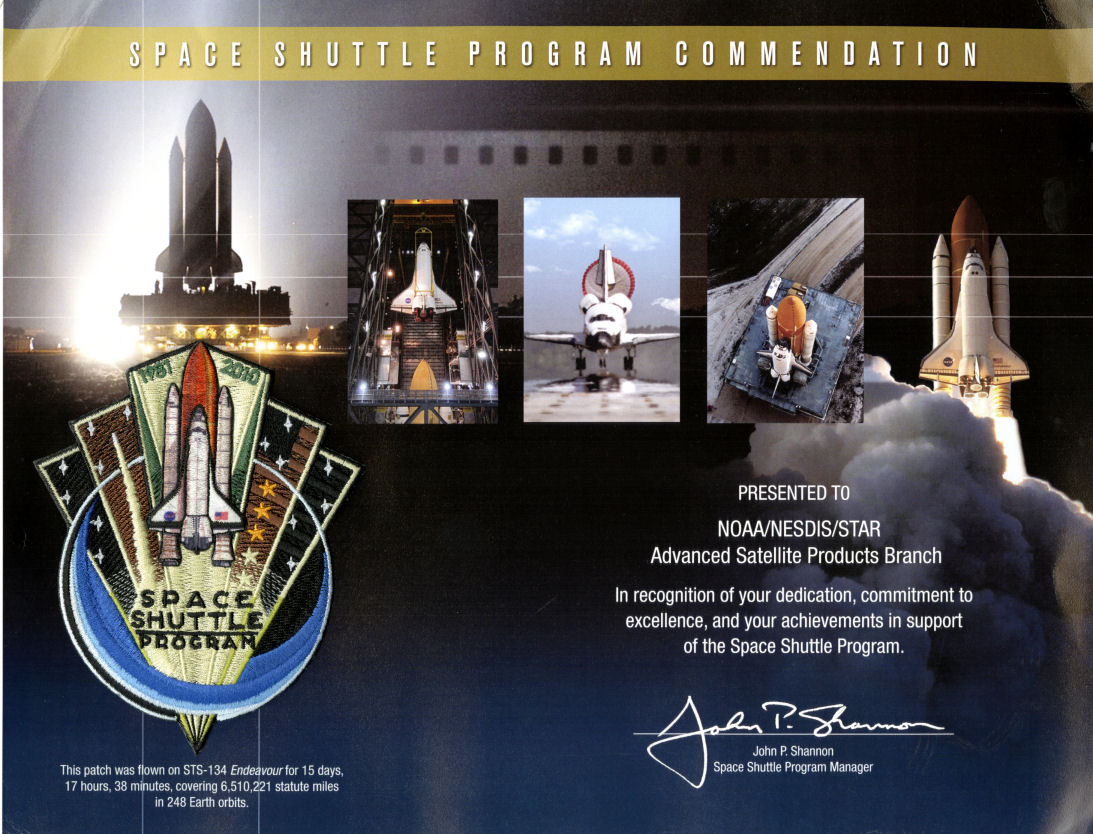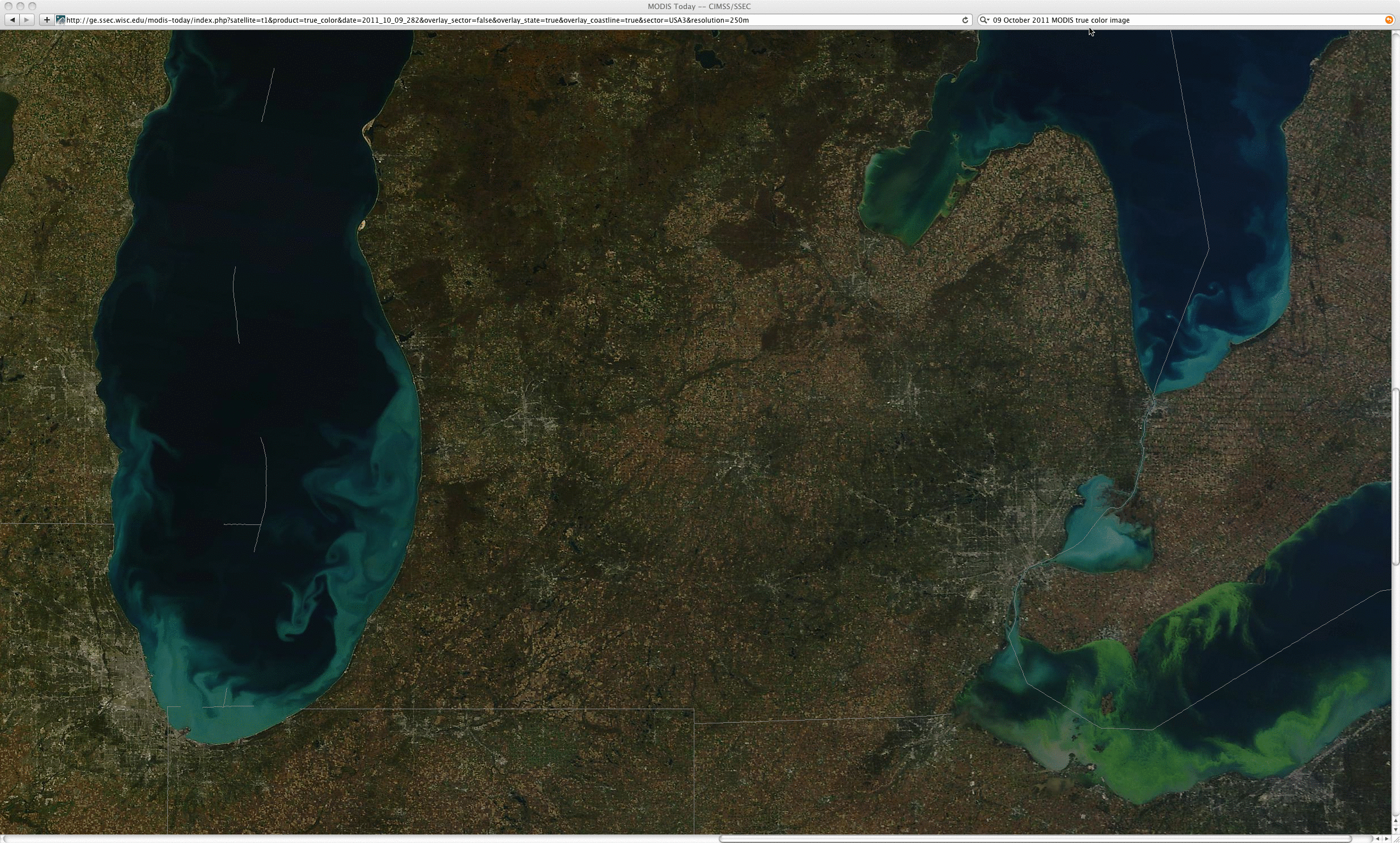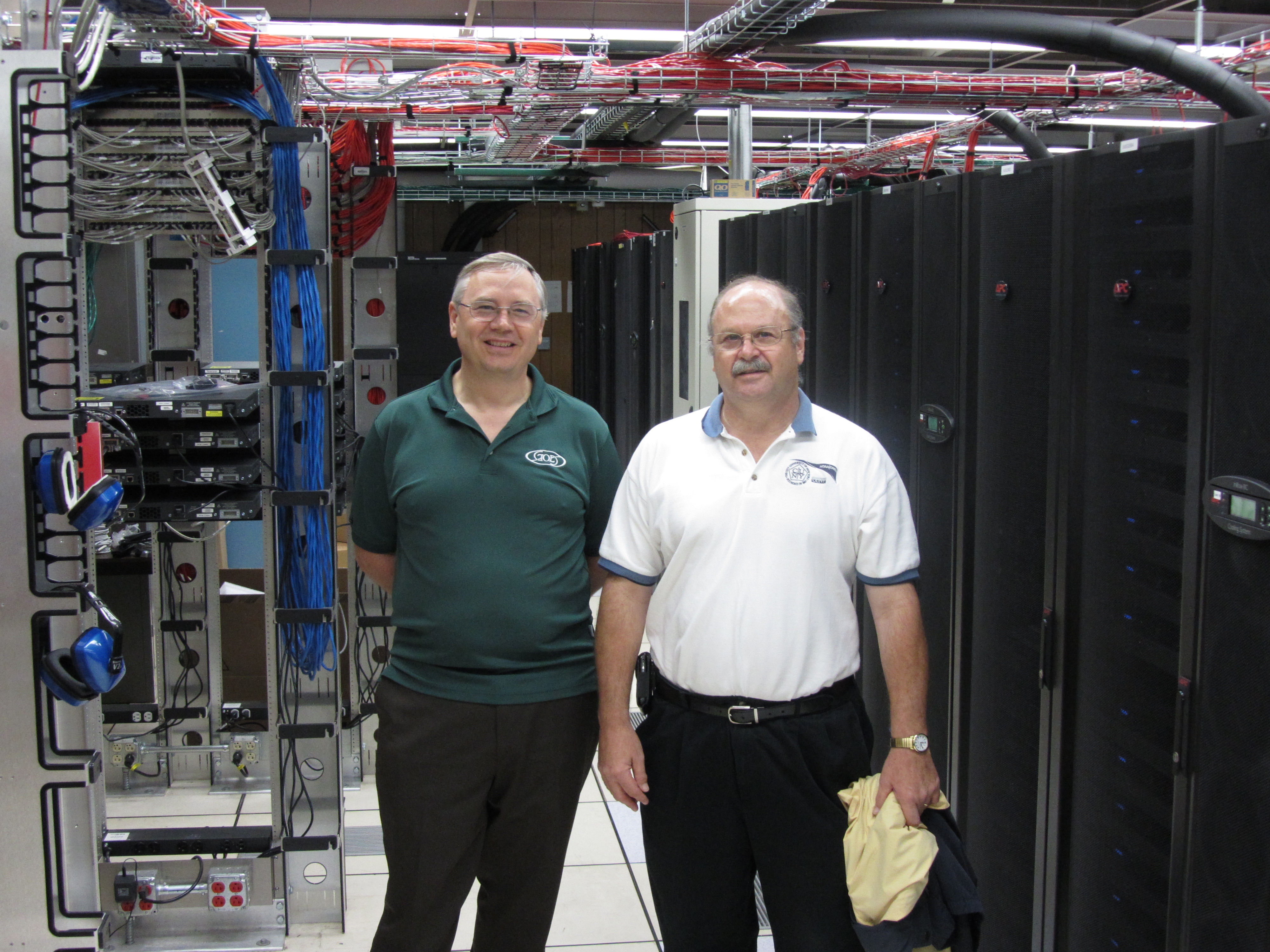
[ Archive ]

 |
ASPB and CIMSS Weekly Report
[ Archive ] |
 |
IN THE PRESS:
ITEMS FOR THE ADMINISTRATOR:
ITEMS FOR THE ASSISTANT ADMINISTRATOR:
ITEMS FOR THE OFFICE DIRECTOR, STAR:
Recognition for Support to the Space Shuttle Program: The
Advanced Satellite Products Branch (ASPB), Cooperative Institute for
Meteorological Satellite Studies (CIMSS), and Space Science and
Engineering Center (SSEC) were all recognized by the Spaceflight
Meteorology Group for support over the years to the Space Shuttle
Program. The ASPB recognition was in part due to assistance with remote
sensing techniques, such as from the Geostationary Operational
Environmental Satellite (GOES). It was noted that Tim Schmit provided
the Space Meteorology Group (SMG) expertise on both GOES and GOES-R.
This recognition included a patch that was flown in space aboard the
Space Transportation System (STS)-134 mission. (T. Schmit, E/RA2,
608-263-0291, tim.j.schmit@noaa.gov)
 (Click image to enlarge)
(Click image to enlarge)
Figure caption: Commendation for the ASPB from the Space Shuttle Program
4D Simulation Provided to the UW 3D Virtual Reality CAVE(c): R. Aune was invited to visualize a 4-dimensional data set of an atmospheric simulation using the new 3D Virtual Reality CAVE(c) at the Living Environments Laboratory of the University of Wisconsin Institute for Discovery. He selected a 36-hour simulation of the Edmund Fitzgerald storm of November 10, 1975, generated using the CIMSS (Cooperative Institute for Meteorological Satellite Studies) Regional Assimilation System (CRAS). The 3D Virtual Reality CAVE(c) allows the user to fully immerse themselves in the forecast model domain while forecast parameters such as wind speed, clouds, and precipitation cycle through time (http://discovery.wisc.edu/home/wisconsin/research/living-environments-lab/vision/). This gives the user a unique perspective of storm dynamics and to identify forecast model deficiencies that can go unnoticed on a 2-dimensional computer screen. (R. Aune, E/RA2, 608-262-1071, robert.aune@noaa.gov)
ITEMS FOR THE DIVISION CHIEF, CoRP:
MODIS Images of Algae Bloom in Lake Erie: The Cooperative Institute for Meteorological Satellite Studies (CIMSS) Satellite blog was updated with a post showing Moderate Resolution Imaging Spectroradiometer (MODIS) true color and false color Red/Green/Blue (RGB) images of a very large algae bloom over the western end of Lake Erie on October 9, 2011 (http://cimss.ssec.wisc.edu/goes/blog/archives/9026). In addition, an animation of Geostationary Operational Environmental Satellite (GOES-15) visible channel images appeared to show some movement to the algae bloom features over the lake during the course of the day. (S. Bachmeier, CIMSS, 608-263-3958) (Click image to enlarge)
(Click image to enlarge)VISITORS:
Steve Goodman and Greg Mandt Visit CIMSS/ASPB: The Cooperative Institute for Meteorological
Satellite Studies (CIMSS) and the NESDIS/Advanced Satellite Products Branch (ASPB)
hosted a visit by Greg Mandt and Steve Goodman, GOES-R System Program
Director and Senior Program Scientist, on Thursday, October 13, 2011. Greg
and Steve met with CIMSS/ASPB GOES-R teams (Cryosphere, Soundings, Imagery,
Wind, Clouds, Aviation, Air Quality, Proxy, AIT-Midwest, and GRAFFIR) to
discuss current and planned activities. They also met with CIMSS/ASPB
scientists to discuss data assimilation activities on the new NESDIS
Super Computer for Satellite Simulation and Data Assimilation Studies
(S4) which is hosted and managed by the University of Wisconsin Space
Science and Engineering Center (SSEC) (R.B. Pierce, E/RA2, 608-890-1892,
brad.pierce@noaa.gov)
 (Click image to enlarge)
(Click image to enlarge)
Figure caption: Greg Mandt and Steve Goodman with the NESDIS Super
Computer for Satellite Simulation and Data Assimilation Studies (S4) at
the University of Wisconsin-Madison Space Science and Engineering
Center (SSEC)
NEXT WEEK:
LOOKING AHEAD:
| Archived Weeklies Page | Submit a report item |